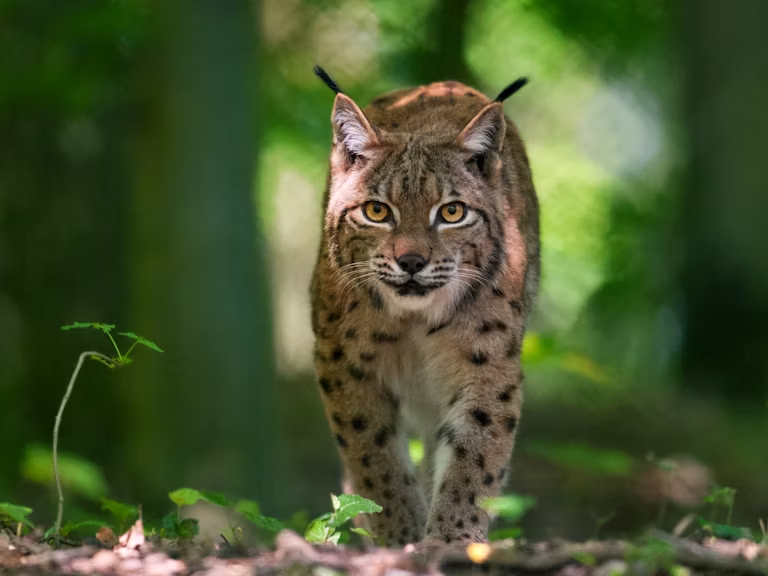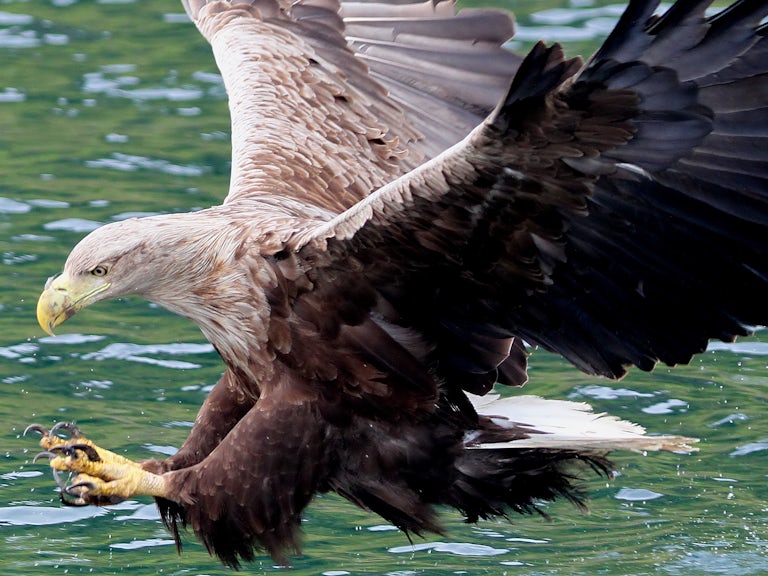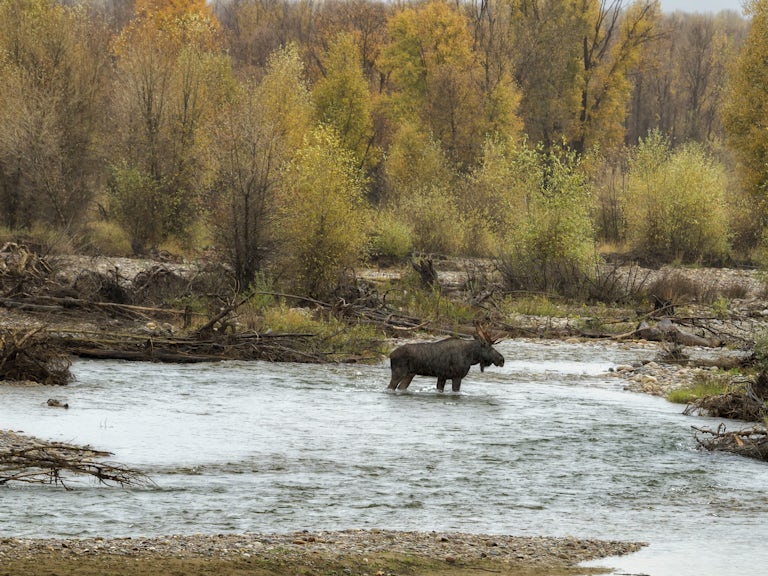Wildcat
Felis silvestris silvestris
Wary yet with a fiery spirit, this woodland wild cat is on the brink of extinction in Britain.
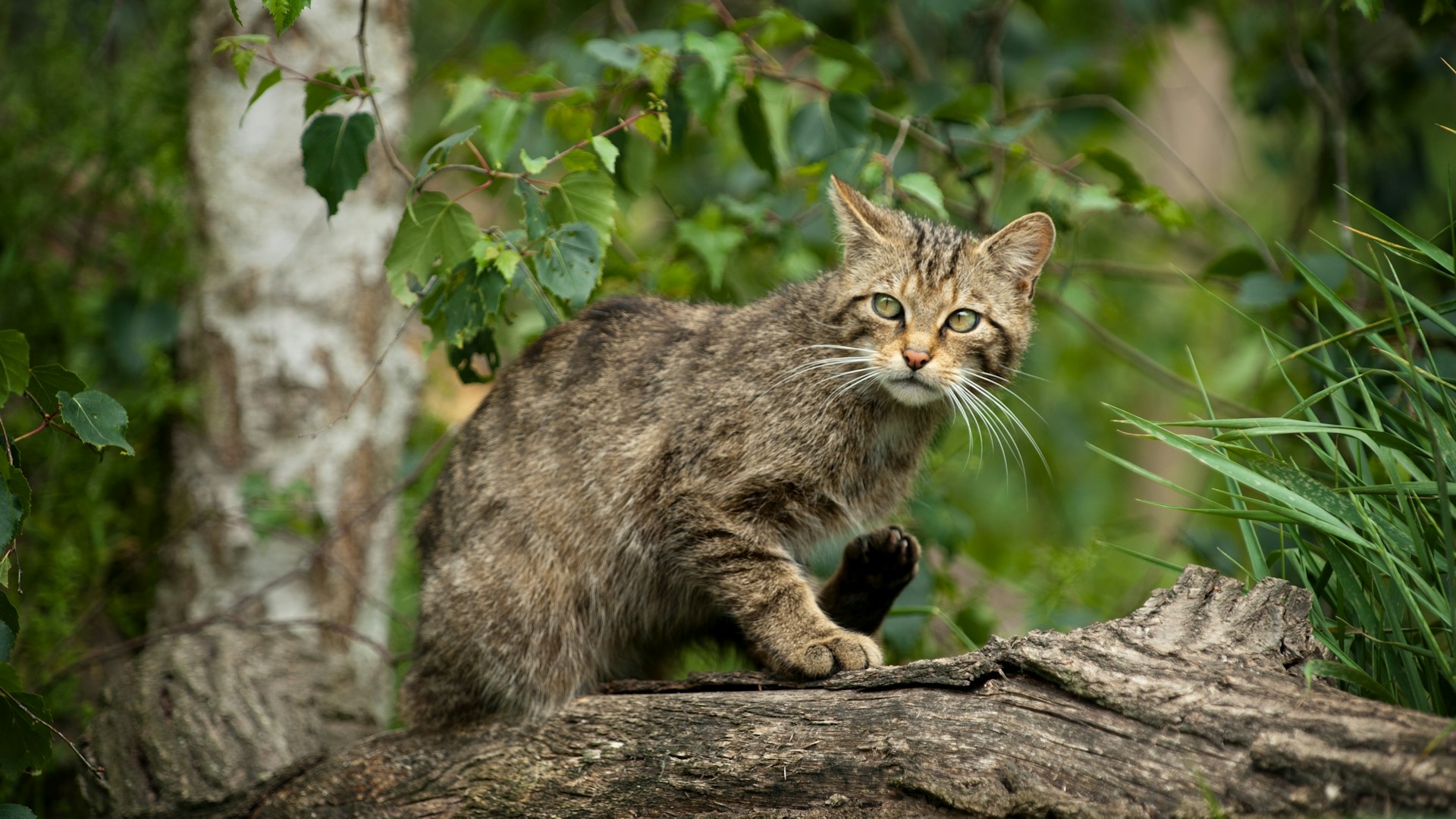
How it shapes the landscape
Wildcats are carnivores, feeding mainly on small mammals such as mice and field voles. Their power and ferocity mean they can also hunt larger animals like rabbits and hare. With great strength and agility, they can also spring off their hind legs and catch birds, which – along with amphibians, reptiles and insects – form a small part of their diet too. The wildcat’s presence can help keep populations of herbivores at sustainable levels, important for reducing overgrazing and allowing plants to survive.
Where it likes to be
The wildcat has left an indelible pawprint on Scotland, where its untameable, fearless spirit and love of solitude have given it a mythical reputation in folklore and history. The few that are left prowl the ancient woodlands and glens, preferring widespread tree coverage. They are stealth hunters, lying in wait and stalking their prey under the light of the moon.
Very few places in Britain still have the level of woodland they need. They’re now restricted to sites in the Scottish highlands that have this sort of habitat, notably including the Cairngorms, parts of Aberdeenshire which still have primaeval forest, the Black Isle and the Angus Glens.
How much space they need
Wildcats tend to maintain a territory of at least a few hundred hectares in size, and much of this needs to be woodland, although they also require open pasture for hunting.
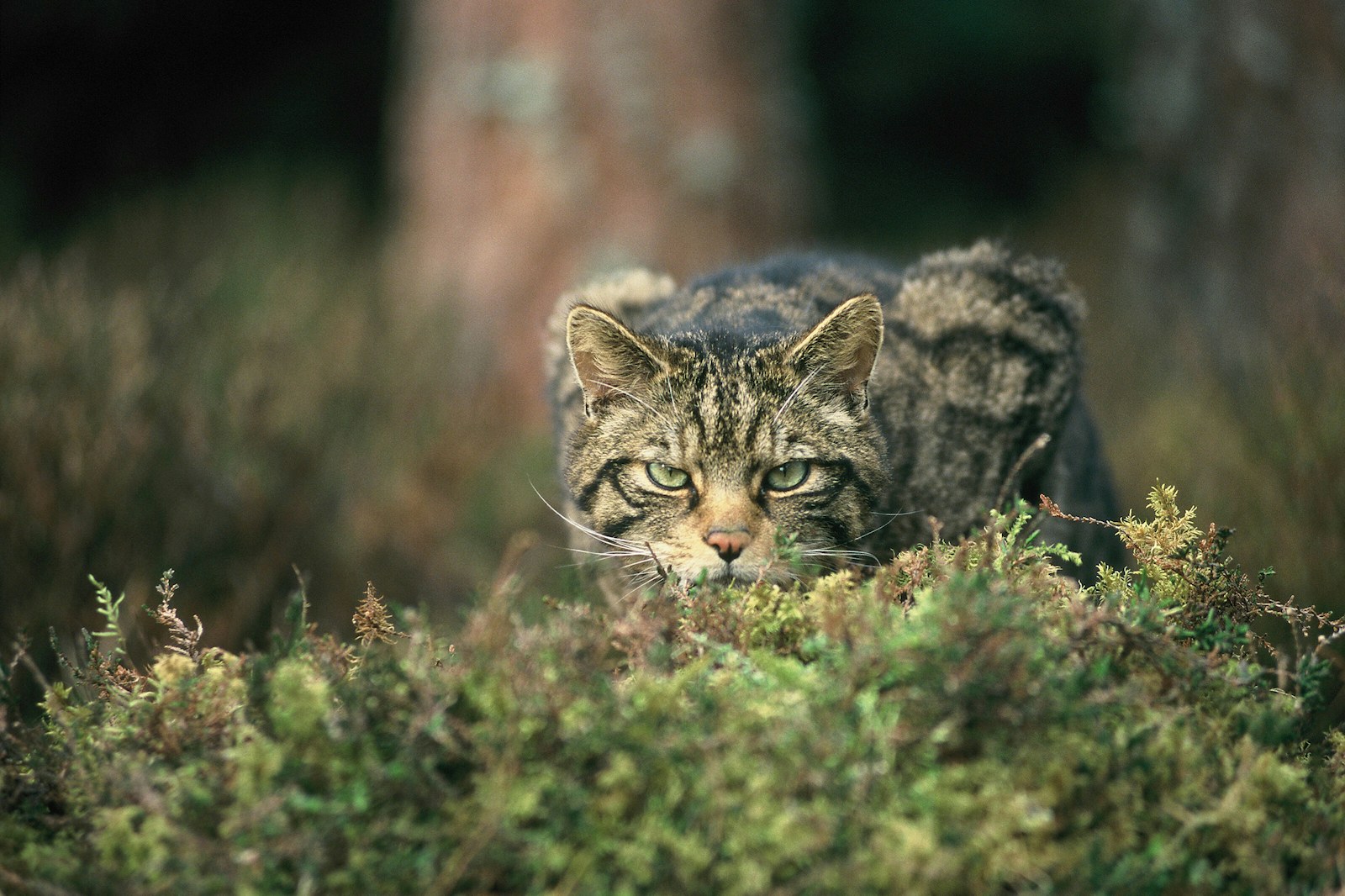
Background story
In the UK wildcats are classed as Critically Endangered by the International Union for Conservation of Nature (IUCN). Due to persecution and habitat loss, they have been driven from England and Wales, and the remaining numbers are found in Scotland. This species is very elusive and hard to count, but the best estimates suggest that just a few hundred remain. In reality, due to problems of hybridisation with domestic cats, it’s possible that the population is too fragmented and hybridised to be truly conserved in the wild. True wildcats are significantly bigger and stronger than their domestic cousins, with a longer, thicker tail and denser fur, but it can be hard to differentiate them unless you’re an expert.
Can we have them in Britain?
Yes — with a little help. Captive breeding and releasing is the last hope for the species in England, Wales and Scotland. A breeding programme is underway by the Saving Wildcats project, with the aim of having 150 wildcats as a source population to reinforce numbers in Scotland. Following their example, feasibility studies for wildcat reintroductions are now beginning for the reintroduction of the wildcat in England and Wales.
In summary
- The wildcat is closely related to, but not the ancestor of, the domestic cat
- An endangered species due to persecution, loss of its forest habitat and cross-breeding with domestic cats
- Its presence is felt throughout Scottish folklore and clan history
- Very shy and not often seen, yet with a feisty temperament
- The last of Britain’s native cats, the wildcat is restricted to small areas of the Scottish highlands such as the Cairngorms
